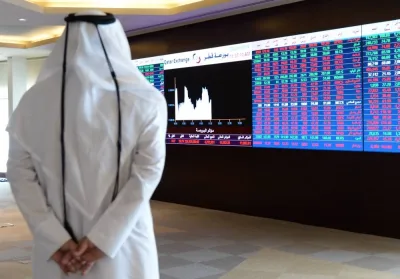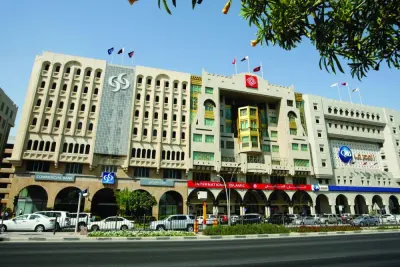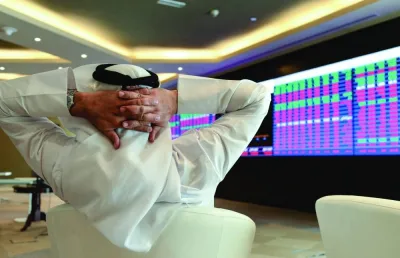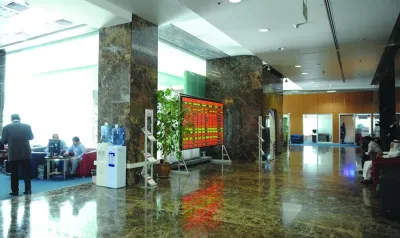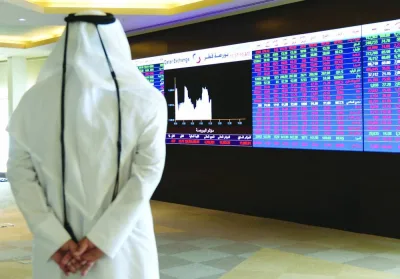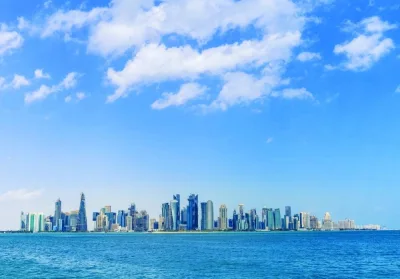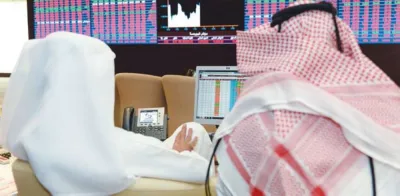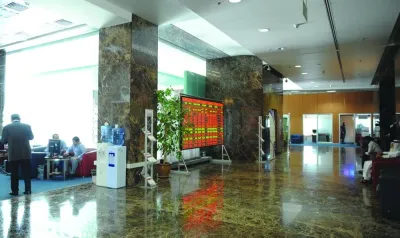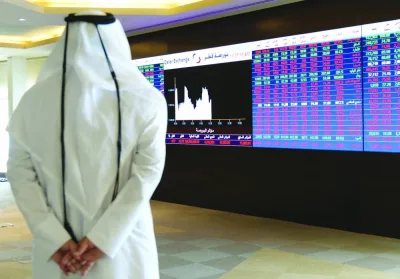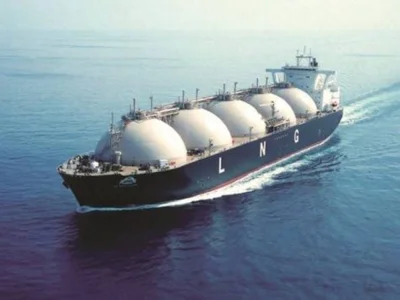The Qatar Stock Exchange Wednesday lost 47 points, mainly dragged by the Gulf institutions’ net profit booking pressure.A higher than average selling in the banks and financial services led the 20-stock Qatar Index fall 0.46% to 10,225.58 points, recovering from an intraday low of 10,195 points.The Arab retail investors were seen net sellers in the main market, whose year-to-date losses widened to 4.26%.The foreign institutions were seen bearish in the main bourse, whose capitalisation shed QR0.93bn or 0.16% to QR596.52bn, mainly on account of microcap segments.The foreign individual investors turned net sellers in the main market, which saw a total of 0.24mn exchange traded funds (sponsored by Masraf Al Rayan and Doha Bank) valued at QR1.38mn changed hands across 64 deals.The Gulf individuals were also seen bearish in the main bourse, which saw no trading of sovereign bonds.The Islamic index was seen declining slower than the other indices in the main market, which saw no trading of treasury bills.The Total Return Index lost 0.46%, All Share Index by 0.43% and Al Rayan Islamic Index (Price) by 0.03% in the main bourse, whose trade turnover and volumes were on the increase.The banks and financial services sector index shrank 1.04%, consumer goods and services (0.37%), insurance (0.1%) and transport 90.03%); while telecom gained 1.5%, real estate (0.7%) and industrials (0.19%).Major losers in the main market included Qatar Industrial Manufacturing, Qatar Islamic bank, Alijarah Holding, Medicare Group, Qatari Investors Group, Commercial Bank, Lesha Bank and Gulf Warehousing.Nevertheless, Qatar General Insurance and Reinsurance, Beema, Qatari German Medical Devices, Estithmar Holding, Qatar Islamic Insurance, QIIB, Dlala, Qatar Electricity and Water, Ezdan Holding, United Development Company, Ooredoo and Vodafone Qatar were among the gainers in main market. In the venture market, Al Faleh Educational Holding saw its shares appreciate in value.The Gulf institutions turned net sellers to the tune of QR15.65mn compared with net buyers of QR6.83mn on April 11.The Arab individuals were net sellers to the extent of QR7.62mn against net buyers of QR3.14mn the previous day.The foreign institutions turned net profit takers to the tune of QR1.02mn compared with net buyers of QR13.54mn on Tuesday.The Gulf retail investors were net sellers to the extent of QR0.45mn against net buyers of QR2.32mn on April 11.The foreign individual investors turned net sellers to the tune of QR0.05mn compared with net buyers of QR3.32mn the previous day.However, the local retail investors’ net buying strengthened significantly to QR42.67mn against QR3.91mn on Tuesday.The Arab institutions were net buyers to the extent of QR0.19mn compared with no major net exposure on April 11.The domestic institutions’ net selling decreased notably to QR18.08mn against QR33.06mn the previous day.In the main market, trade volumes jumped 18% to 173.8mn shares, value by 12% to QR435.92mn and deals by 24% to 17,602.

Most Read Stories
4

